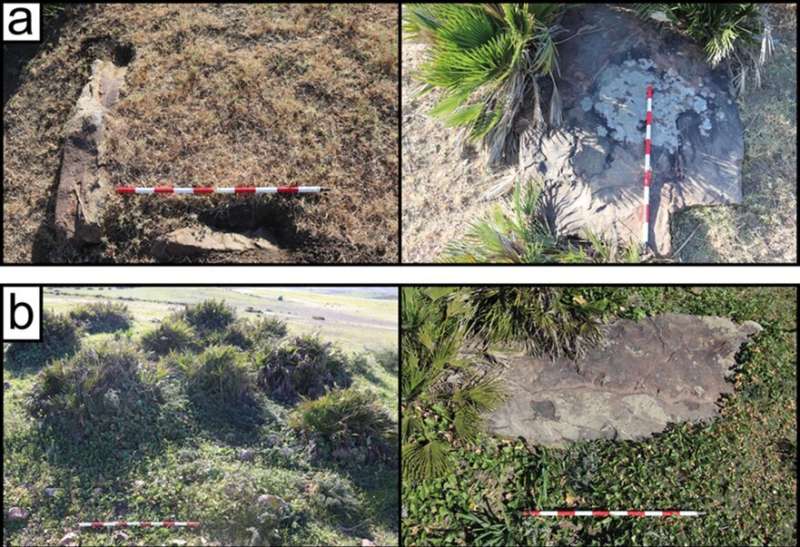New discoveries in archaeology often bridge our understanding of the past, unveiling stories long forgotten. Recently, a dedicated team of researchers uncovered ancient cemeteries on the stunning Tangier Peninsula, revealing fascinating insights about the lives and rituals of people who lived thousands of years ago. Let’s dive into this heartwarming tale of exploration and discovery!

A dedicated trio of archaeologists from the University of Barcelona, the University of Castilla-La Mancha, and the National Institute of Archaeology and Heritage in Morocco set off on an exciting journey to the Tangier Peninsula. Nestled at the northwestern tip of Africa, this beautiful region offers an awe-inspiring backdrop of coastline and history, but has long remained underexplored.
As they embarked on their fieldwork, the team stumbled upon not one, but three ancient cemeteries that date back thousands of years. One remarkable find was a stone estimated to be around 4,000 years old! This discovery not only piqued curiosity but ignited a passion for uncovering the rituals and lives of those who walked this land millennia ago.
The primary aim was to gather insights into human existence between 500 BC and 3000 BC. Through careful excavation, they uncovered “cist burials”—an ancient burial practice where a hole is dug into solid rock to place a body, which is then covered with a stone slab. Imagine the effort and craftsmanship involved in these burials, especially with the limited tools at their disposal!
Perhaps one of their most groundbreaking moments came when the team utilized radiocarbon dating on remains found within one of the cist burials. To their delight, they learned this burial dates back to around 2000 BC, representing the very first instance of radiocarbon dating applied to a cist burial site in northwest Africa. What a remarkable milestone!
But the excitement didn’t stop there. The researchers uncovered human-built shelters, many adorned with mysterious shapes reminiscent of ancient art discovered in the Sahara Desert. Each painted stone carried whispers of ancient stories, connecting the past to the present in captivating ways.
Among their discoveries were impressive standing stones—some towering nearly 2.5 meters high—marking territory and possibly holding ritual significance. The interplay of these stones with the cemeteries crafted an evocative landscape, one that speaks of the rich cultural tapestry that once thrived in the area.
This enchanting journey through history refreshes our appreciation for the lives of those who preceded us. Every stone and shelter tells a story, reminding us that we are all part of a greater human narrative—a thread that links us through time.
More information:
Hamza Benattia et al, Cemeteries, Rock Art and Other Ritual Monuments of the Tangier Peninsula, Northwestern Africa, in Wider Trans-Regional Perspective (c. 3000–500 BC), African Archaeological Review (2025). DOI: 10.1007/s10437-025-09621-z
© 2025 Science X Network
If you would like to see similar science posts like this, click here & share this article with your friends!

